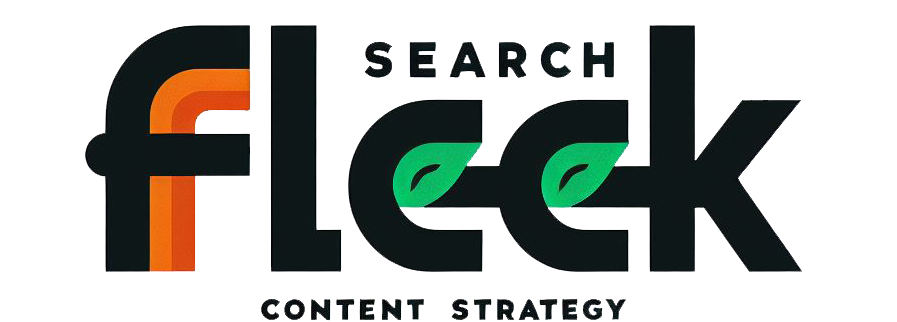In an era inundated with information, the challenge isn’t just producing content but ensuring its credibility. Misinformation, spread by both malicious bots and well-intentioned individuals, threatens the integrity of digital discourse. A robust content strategy is essential to navigate this landscape and establish your content as a beacon of truth.
Understanding the Misinformation Epidemic
The study by Shao et al. offers a chilling glimpse into the tactics employed by social bots to disseminate low-credibility content. These bots, often indistinguishable from human accounts, amplify misinformation through early engagement, targeting influential users, and exploiting human vulnerabilities. The study’s findings underscore the urgent need for strategies to combat this menace.
The Pillars of Credible Content
A credible content strategy rests on several fundamental pillars:
- Fact-Checking and Verification:
- Collaborate with reputable fact-checking organizations: Partner with established entities to verify information and debunk falsehoods.
- Employ rigorous fact-checking processes: Implement internal procedures to verify claims and sources before publication.
- Utilize advanced tools: Leverage AI-powered tools to detect misinformation and identify potential biases.
- Transparency and Accountability:
- Disclose sources and methods: Be transparent about the sources used for your content and the methodologies employed.
- Acknowledge errors and corrections: If mistakes are made, promptly acknowledge them and provide accurate information.
- Engage with your audience: Foster open dialogue with your audience and address their concerns directly.
- Expert Authority:
- Feature subject matter experts: Collaborate with experts in your field to provide authoritative insights.
- Cite credible sources: Back up claims with citations from reputable academic journals, research institutions, and government agencies.
- Demonstrate expertise: Share your knowledge through articles, webinars, or presentations to establish yourself as an authority.
- Human Connection and Trust:
- Build relationships with your audience: Engage with your audience on a personal level and foster trust.
- Prioritize authenticity: Let your brand’s personality shine through in your content.
- Encourage user-generated content: Invite your audience to contribute to your platform, fostering a sense of community.
- Ethical Considerations:
- Avoid clickbait and sensationalism: Focus on providing valuable information rather than sensationalizing headlines.
- Respect intellectual property: Ensure that your content is original and does not infringe on copyright laws.
- Consider the ethical implications: Evaluate the potential consequences of your content and avoid spreading harmful misinformation.
Countering Bot-Driven Misinformation
To combat the influence of social bots, consider these strategies:
- Leverage AI-powered detection tools: Utilize advanced technologies to identify and flag bot accounts.
- Partner with social media platforms: Collaborate with platforms to develop more effective bot detection and mitigation measures.
- Educate your audience: Empower your audience to recognize and avoid misinformation by teaching them critical thinking skills.
- Promote fact-checking initiatives: Support organizations dedicated to combating misinformation and promoting fact-based journalism.
Case Studies of Successful Credible Content Strategies
To illustrate the principles of a credible content strategy, let’s examine a few successful case studies:
- FactCheck.org: This nonpartisan fact-checking website has established itself as a trusted source of information by meticulously verifying claims and providing detailed explanations.
- The New York Times: The Times has a long-standing reputation for journalistic integrity and has implemented rigorous fact-checking processes to maintain its credibility.
- The Economist: This esteemed publication is known for its in-depth analysis and unbiased reporting, earning the trust of readers worldwide.
Conclusion
In the face of the misinformation epidemic, a credible content strategy is essential to navigate the digital landscape and establish your content as a beacon of truth. By prioritizing fact-checking, transparency, expert authority, human connection, and ethical considerations, you can build a reputation for reliability and trustworthiness. By actively combating the influence of social bots and empowering your audience with critical thinking skills, you can contribute to a healthier and more informed online ecosystem.
Reference:
Shao, C., Ciampaglia, G.L., Varol, O. et al. The spread of low-credibility content by social bots. Nat Commun 9, 4787 (2018). https://doi.org/10.1038/s41467-018-06930-7
Emon Anam, CEO of Search Fleek, isn't your typical digital guru. He brings a unique blend of financial expertise (former banking pro!) and digital marketing mastery to the table. A self-proclaimed "SEO Sherlock Holmes," Emon unlocks content secrets for local businesses and SaaS companies. But beyond the keyboard, he's a devoted family man, music enthusiast, and cricket champion. Let Emon weave your digital success story!
AI Writing Disclaimer
This post was initially researched and outlined by me. The content was then generated by an AI language model using the provided information. The final text has been reviewed and edited by me for accuracy and clarity.




